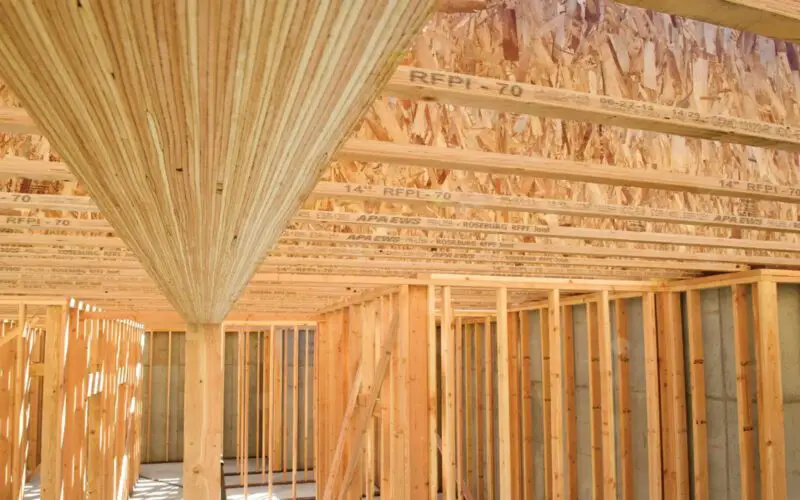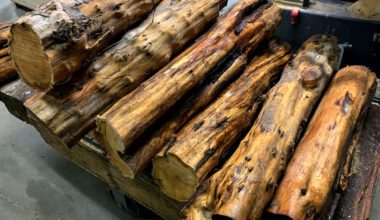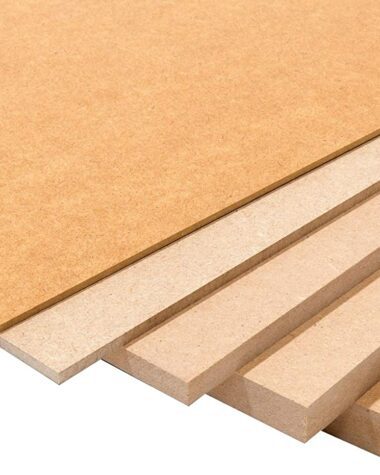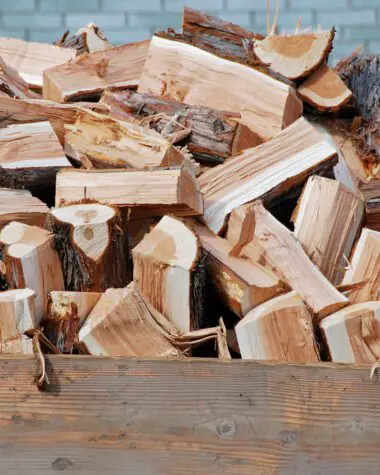Manufactured wood refers to wood that has been subjected to different treatments to improve its properties. It means that it is the product of various wood pieces that have undergone processes like heating, gluing, and compressing to produce a modified wood type.
Manufactured wood has its top layer with hardwood covered or protected with melamine. Meanwhile, beneath this wood is a layer of wood composite often known as medium-density fiberboard (MDF) with softwood used in the inside part.
Thus, both hardwood and softwood are used to create manufactured wood. The given definition is just the surface of information about manufactured wood. Hence, there are more underlying inputs that you need to see through, including their types and pros and cons. Let us discuss them thoroughly.
Types of Manufactured Wood
The name of this wood type suggests that it is manufactured, which is why some call it engineered wood, mass timber, wood composite, and man-made wood. Ideally, manufactured woods are not naturally occurring compared to hardwoods and softwood types. Though it is engineered, it is still durable and easy to maintain as long as it is treated well. And this type of wood also comes with different variations as follows.
Particleboard
Particle board or chipboard is formed by combining sawdust and unique resin. Compared to other fiberboards, particleboard is less dense and less expensive. Due to its inexpensive manufacturing, this type of wood is primarily utilized in low-end furniture.
Typically, particleboard is packed with a gorgeous veneer surface by furniture manufacturers to increase strength and durability.
Medium Density Fiberboard (MDF)
The most popular type of manufactured wood is Medium Density Fiberboard or MDF. It is very durable and dense. It is used to build flat furniture like dining tables, office tables, desks, and study tables since it is also less expensive.
Laminated Board
Plywood is another type of manufactured wood that is stronger due to how it is formed. Contrary to some notions, plywood is created by sandwiching many layers of wood veneers to produce a smooth, durable, and substantial board. Because of its durability and resistance to warping, this is utilized to build floors.
Veneer
A veneer is another manufactured wood that is a very thin piece of natural wood shaved from a tree. This piece is bonded with MDF, chipboard, or plywood. Usually, the veneer is used on surfaces because natural wood is waterproof and resistant to stains. Manufacturers prefer a veneer because this creates a lovely wood finish.
Oriented Strand Board
Oriented strand board (OSB) is a wood structural panel created using rectangular-shaped wood strands. It is extremely similar to particleboard and has excellent quality with no voids, gaps, or laps.
Compared to particle board, oriented strand board is stiffer and can support significantly larger weights. Sheathing materials for walls, floors, and roofs frequently employ OSB.
Cross-laminated Lumber (CLT)
CLT is manufactured by bonding many layers of solid lumber using hydraulic or vacuum pressure. Each timber board is positioned next to one other (cross structure). It is sturdy because of this design. The principal applications for CLT in large construction include beams and roofs.
Pros and Cons of Manufactured Wood
Man-made wood is a construction consisting of layers of different woods. As softwood and hardwood come with pros and cons, this wood type also yields satisfying and dissatisfying features.
Here are some of the common advantages of using manufactured wood.
- Manufactured wood may be easily modified.
- Manufactured wood can be durable.
- Manufactured wood guarantees return on investment (ROI).
- Manufactured wood is easy to maintain, replace, and maintain.
Meanwhile, some common downsides of manufactured wood may include the following:
- It is difficult to work with as it is dense and heavy.
- Particle boards have a low moisture and humidity resistance, which causes the wood to expand, warp, and change color.
- This wood type uses a urea-formaldehyde resin that makes the boards toxic and deteriorates indoor air quality.
- Man-made wood cannot tolerate heavy weights, while the wood itself is heavier.
- It is vulnerable to extreme heat because it is made of wax and resin-like compounds.
Key Takeaways
Any type of wood that has undergone different treatments is considered manufactured wood. It may not be as sturdy as natural wood, but it makes good non-weight-bearing furniture. Given proper care, manufactured wood is extremely useful and simple to maintain. One thing that makes manufactured wood efficient is the fact that it helps the environment through recycling and reusing.








